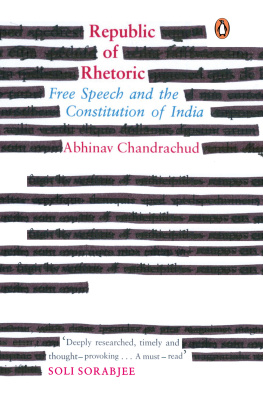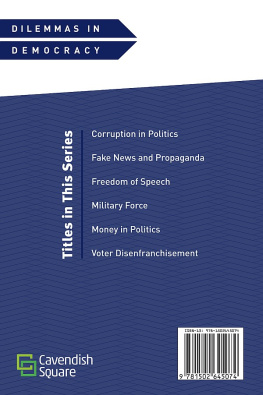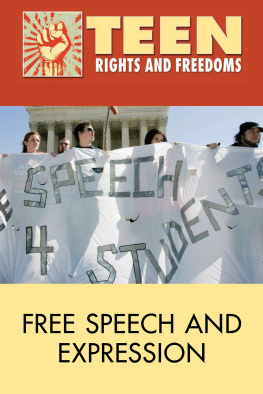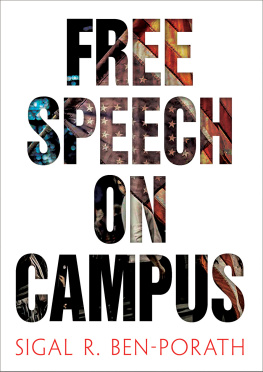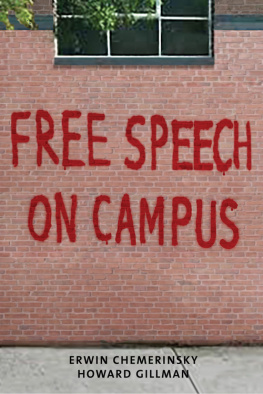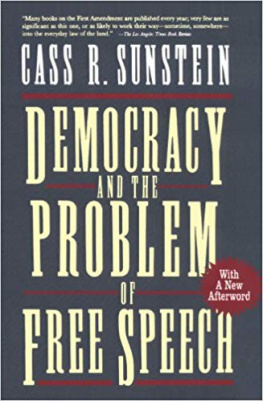1
The Music of an English Band
India became independent on 15 August 1947, the second anniversary of the Japanese surrender during the Second World War. that India fully attained her independence.
It was for this reason that Ambedkar said in his famous last speech in the Constituent Assembly: On 26th January 1950, India will be an independent country. a powerful symbol that India no longer derived her power and legitimacy from London.
Broadly speaking, the Constitution had two competing goals; one was to transform India while the other was to keep things the same. Prime Minister Nehru believed that society had to face two urges, continuity and change, and that it had to keep these evenly balanced in order to succeed.
On the one hand, the Constitution tried to bring about change and an unprecedented socio-political transformation in India, unlike anything we had ever seen before. For example, untouchability was formally abolished Much of the Constitution was therefore novel and unique.
In fact, there was a radical legislative transformation in India after independence. British rule in India had been sustained with the collaboration of Indian princes, landlords, and upper castes (who flocked to colonial institutions like the Indian Civil Service). These three groups were penalized in independent India. Landlords lost much of their land to tenant cultivators in an ambitious programme of land reform. Princes lost their authority to rule, and eventually, their privy purses. The upper castes can compete, in many states, for no more than 50 per cent of the seats in educational institutions, because of caste-based reservations. Independence did, therefore, involve a substantial break from the past.
At the same time, however, the Constitution had another goal which sought to preserve and maintain the status quo, to seamlessly transport the political landscape of British India into India after independence. This goal embedded in the Constitution attempted to preserve stability at a time of widespread partition-related rioting. Significant portions of the Constitution, e.g., the distribution of legislative powers between the Union and States,
At its heart, the Constitution contained a chapter on fundamental rights. One of these rights was the right of every citizen in India to freedom of speech and expression, guaranteed by Article 19(1)(a) and limited by Article 19(2). It would be quite intuitive to think that this important fundamental right belonged to the transformative part, not the status-quo part, of the Constitution. After all, this was perhaps the first time in Indias history that political rights inspired by individualistic Western values, rights like the right to life, personal liberty and equality, were formally recognized in a legally enforceable constitutional document. The chapter on fundamental rights looked a lot like the Bill of Rights of the US Constitution, or the more recent Universal Declaration of Human Rights which had been adopted by the General Assembly of the UN a little over a year before our Constitution came into being.
However, a closer look at its history and evolution reveals that the enactment of the Constitution made little or no substantive difference to the right to free speech in India. Though there was no formal document recognizing a right to free speech in British India, Indians certainly did enjoy a common law right to speak freely during that time. Broadly speaking, prior to Indias independence, there were four exceptions to the right to free speech. These were: sedition (and hate speech), obscenity, contempt of court and defamation. These continued to be exceptions to the right to free speech after the Constitution was adopted, and remained virtually unchanged.
* * *
The law of sedition in British India was rather different from its counterpart in England. There, since 1832, sedition was narrowly defined to mean inciting violence or insurrection against the government. It was a misdemeanour, or lesser offence, which attracted a sentence of imprisonment of a few years. Misdemeanours in England were bailable offences, meaning that a person accused of sedition could get bail as a matter of right. Prosecutions for sedition were rarely launched there. It was also difficult to obtain a conviction for sedition in England because those who were accused of that offence were tried before juries which tended to be sympathetic to their own countrymen.
By contrast, sedition in British India, enacted in the form of Section 124-A of the Indian Penal Code in 1870, was defined very broadly to include merely evoking hatred, disloyalty or bad feelings against the government. It was punishable with transportation to an overseas prison for life. It was a non-bailable offence. Prosecutions for sedition were relentlessly launched against the leaders of Indias freedom struggle. Special juries, consisting of a majority of white jurors, were deployed in the trials of those who were accused of sedition. For example, in 1908, the prominent nationalist leader, Bal Gangadhar Tilak, was tried and convicted for sedition at the Bombay High Court by a jury consisting of seven white and two Parsi jurors, which unsurprisingly found him guilty by a majority of 7-2. If Tilak had been given the right, like Englishmen, to be tried before a jury of his own countrymen, there is no doubt that he would have been acquitted.
On the right to free speech, sedition therefore generated a great deal of debate in the Constituent Assembly. Members of the Assembly were keen to get rid of sedition, which had long been used against Indian patriots. However, by virtue of its first amendment, introduced in 1951, the Constitution did very little to limit sedition.
Remarkably, sedition became a cognizable offence for the first time in the 1970s, several decades after India became independent. A cognizable offence is one in which a police officer may arrest the accused and investigate the case without a warrant or direction from a magistrate. In other words, during the British colonial era in India, a person accused of sedition could not be arrested by a police officer without the officer first obtaining a warrant from a magistrate. By contrast, today, a police officer may, even without a warrant from a magistrate, arrest a person accused of sedition. This change was brought about by the Indira Gandhi government in the 1970s, only a few years before the Emergency was declared in India.
* * *
The other exceptions to free speech recognized by the Constitutionobscenity, contempt of court and defamationgenerated little or no debate in the Constituent Assembly. The enactment of the Constitution did not limit or whittle down the contours of these exceptions to free speech. The standard for determining whether something was obscene or not in British India was the Hicklin test. Developed in

